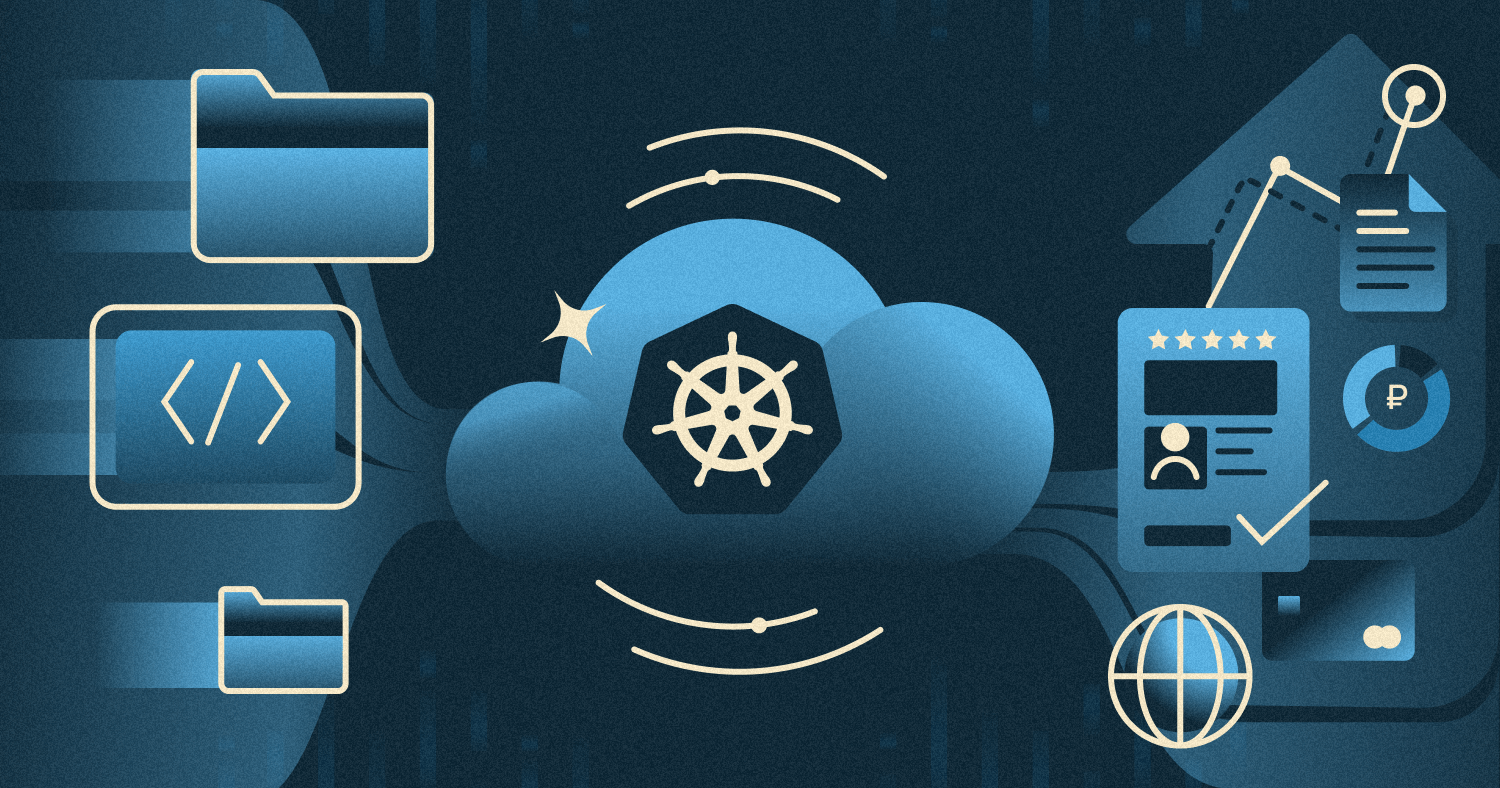Are you looking to manage your Docker images and keep them in a secure private environment? A container management is the perfect solution for any organization looking for an easy way to keep their sensitive data protected. It is now more important than ever before to utilize an alternative hosted by yourself. This can give you a more secure authentication and authorization layers and make sure that you are compliant across different platforms. If you’re just beginning your journey with Docker or are already managing hundreds of containers using Kubernetes accessing an official registry of containers gives your team more control, and lets them launch ready-to-use applications swiftly without having to worry about security.

In the age of containerization using container registries has become a vital aspect of deploying software. Developers have the option of choosing between private and public container registries to keep track of all images in the container that are used within the application. Private registries provide tight security and control over who gets to access the images, public registry services provide an extensive range of accessibility and availability to developers. Selecting the best type of registry may be a difficult task, but by weighing the pros and cons of each option developers can make the right choice for their needs. All that is required is on the security level, level of control, and the level of accessibility that is needed.
Effective management of containers in the rapid-paced world of software development is essential to the success and growth of any organization. This is why private container registries become essential and allow businesses to manage, store and efficiently distribute images from containers.
A private container registry is also known as private docker registry or docker registry. It’s a secure storage facility to store container images. The registry serves as an easy way to manage the container image and allows teams and developers to collaborate on images. Private container registry services for applications that use containers are essential for organizations who want their images to remain private and secure.
A private container registry can seamlessly integrate with the most popular cloud computing solutions. This lets businesses scale up their storage requirements, while still ensuring a secure and reliable software delivery. Private container registries become increasingly crucial in the modern software development pipelines due to the rising popularity of container orchestration and containersization tools like Kubernetes.
Private container registries have a number of advantages over public registries. They give more control over access and permissions. A private registry allows organizations to create customized access control policies that ensure only authorized users can access container images. This blocks access by anyone else and reduces the chance of a security breach.
Private container registries may also improve network responses in order to boost speed of image retrieval. When images are stored in private registry, they’re usually located closer to the place in which they are to be used. This enhances performance and reduces latency.
Private container registries can also provide custom access control. Private registry companies can establish fine-grained access control policies that permit specific users or groups to have access only to certain container images. This ensures that only authorized users have access to proprietary or sensitive images.
Private container registries offer more than a simple and effective method of managing images. They also offer other options to make container management simpler. Some private container registries are for instance, offering automated scans of images and vulnerability detection. This will help companies spot security concerns prior to them becoming a problem.
Private container registry providers offer an array of deployment options, allowing companies to select the strategy that is most suitable for their requirements. Certain private registries offer an on-premises option, which is advantageous to companies that need to keep their container images on premises due to compliance or regulatory regulations. Cloud-based deployment is a different alternative that can be more economical and flexible especially for large-volume containers and image management.
When selecting the private container registry there are numerous things to think about. One of the most important aspects is security. To guard images in the container from unauthorized access and security threats, a private registry must offer robust security measures that include encryption as well as access control and scanning.
One thing that should be taken into account is the user-friendliness. Private registry systems should be simple to set up and use, and should have a user-friendly interface and clear instructions. It should also allow seamless integration with popular containers orchestration tools such as Kubernetes and Kubernetes, making it easier to manage containers within a modern software development pipeline.
Scalability is another important aspect to take into consideration. The registry should scale up to meet the demands of businesses as they expand and expand their storage requirements for images in containers. This shouldn’t compromise the performance or security.
A private container registry should be an integral part of every modern software development process. It offers a secure and efficient way of managing containers, allowing organizations to increase the storage capacity effortlessly. With optimal network responses with a customized access control and seamless integration with the major cloud computing companies private container registries provide a hassle-free solution to container management.